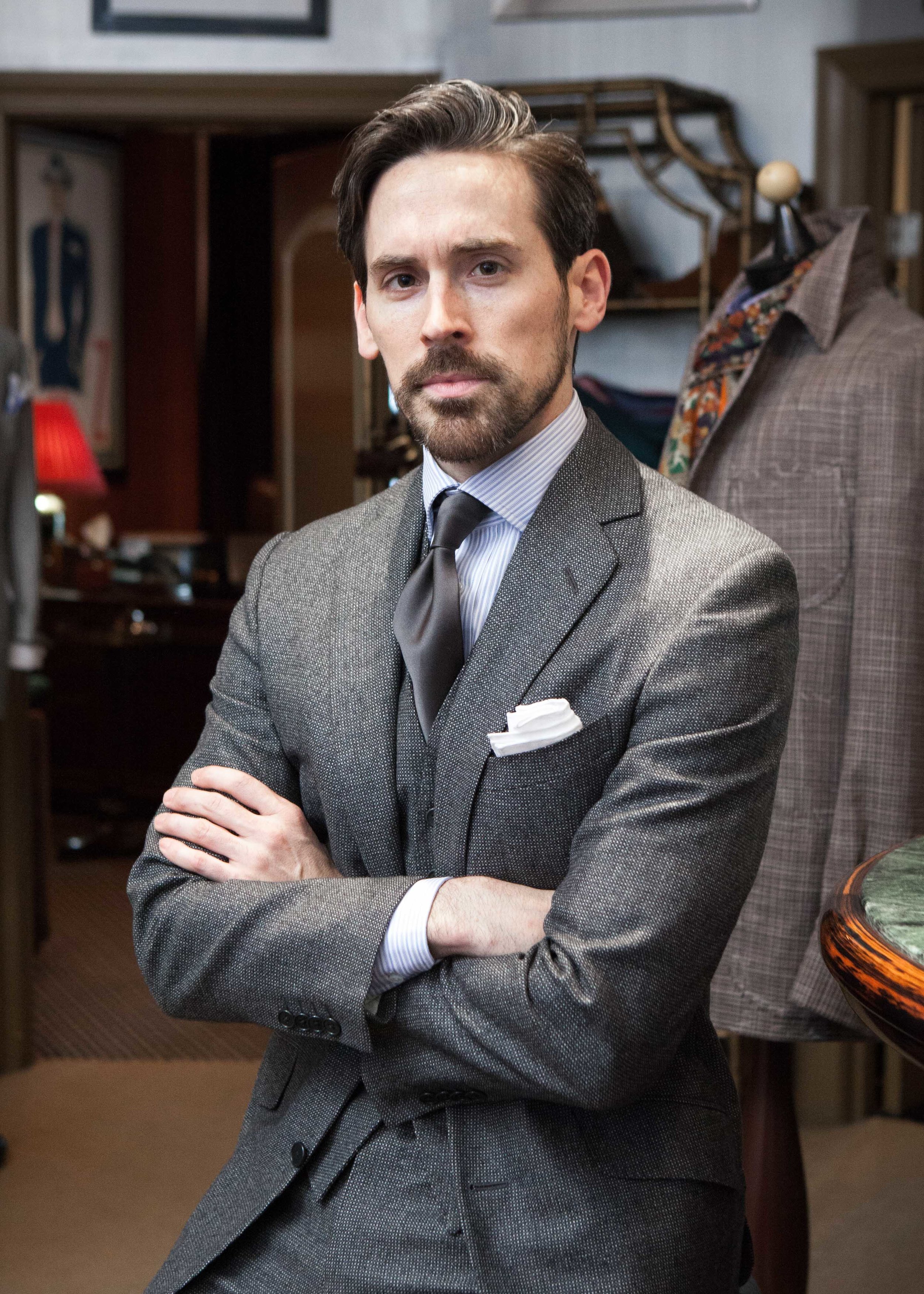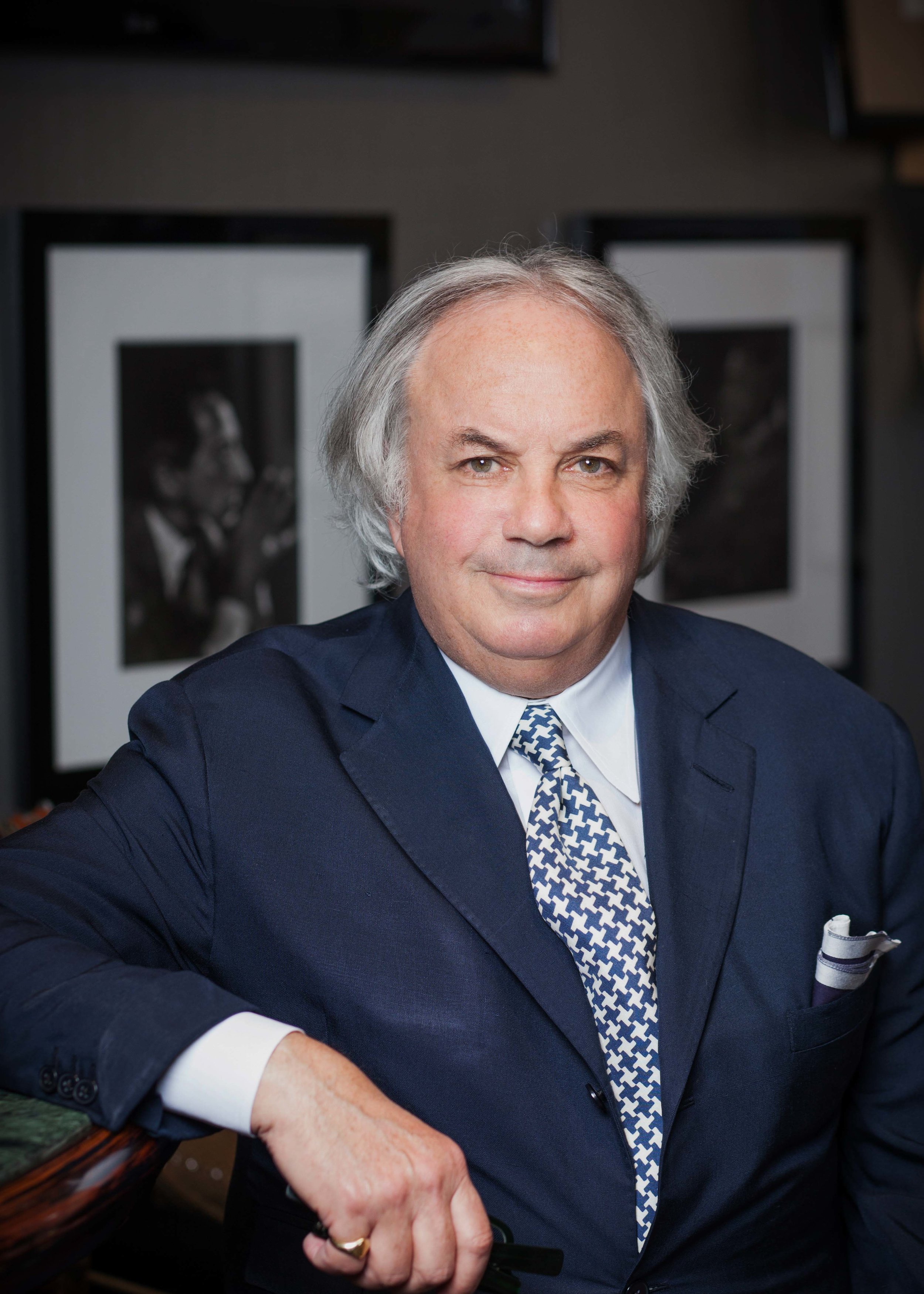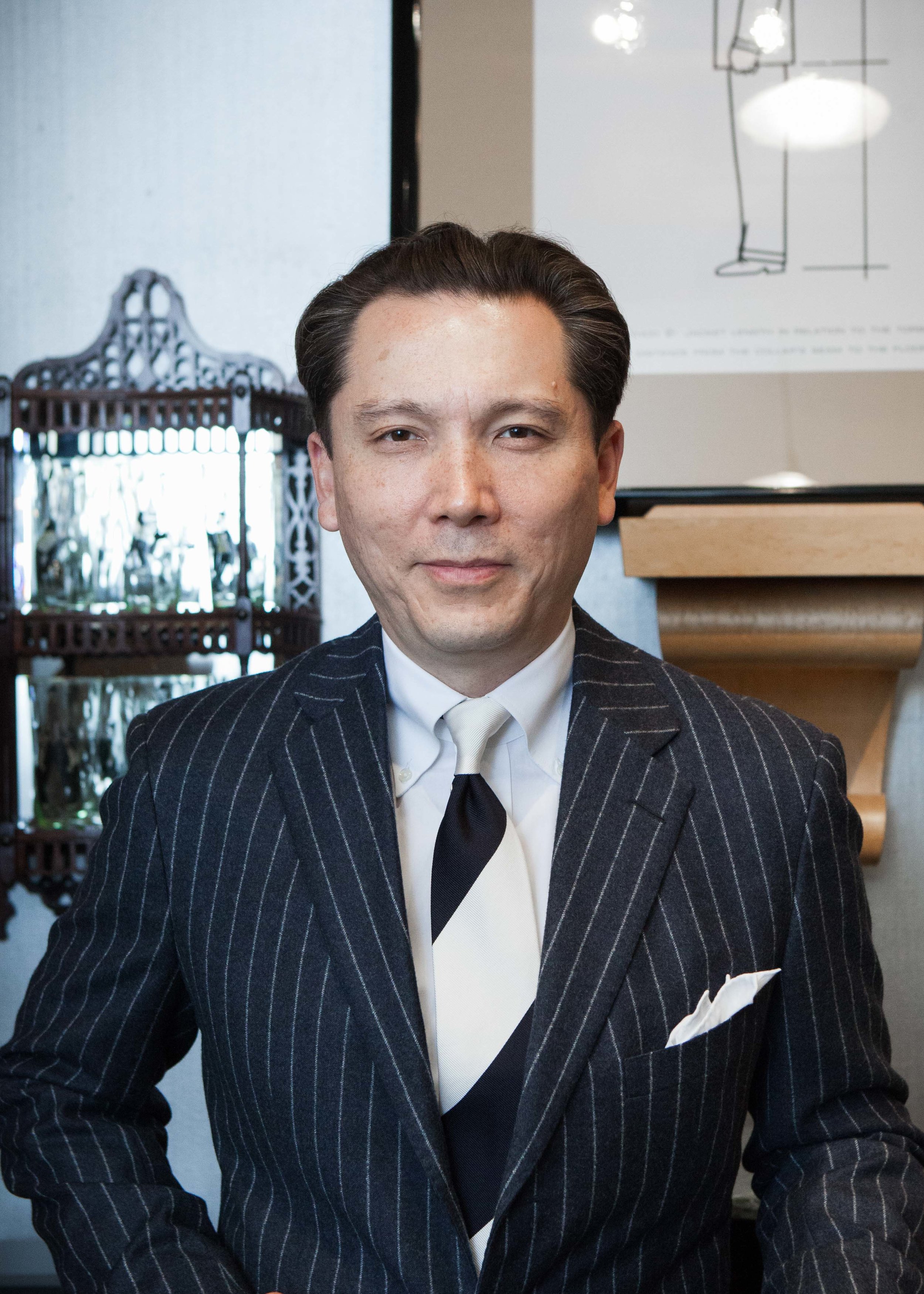Chances are you haven’t thought enough about your dress shirt collar. You’re probably already paying attention to the cut of your dress shirts, as most men have been wearing slimmer-fit shirts for years. Long-gone are the days of the billowy shirt coming out of the pant waist. But it’s the collar that really does the heavy lifting on a dress shirt, and unless you happened to get lucky, an off-the-rack shirt likely doesn’t feature the one that works for you best. Just as the cut of your tailored clothes should flatter your body, highlighting your features while downplaying “imperfections”, so should your shirt collar complement your face. As Alan observes in Dressing The Man:
“By virtue of its proximity to the face and the configuration of angle, scale, and mass, no article of apparel is better equipped to enhance a man’s countenance than the appropriately shaped dress shirt collar … keeping in mind that the face is that destination where one’s dress should be escorting the attention of the beholder, think of the face as the picture and what surrounds it as the frame.”
So, choosing your ideal shirt collar requires a bit of experimentation, a little common sense, and just a few points of guiding information. There are three things to think about when choosing the “frame” that’s right for you:
Collar Scale - Put simply, your shirt collar should be proportionate to your face. If you have a smaller head with finer features, go for a modestly sized collar (keeping the points long enough to touch your chest); a too-large collar will overwhelm your head and make it appear even smaller. On the other hand, a larger head with more expansive features will be unflatteringly magnified by a small collar; it longs for a beefier frame. Steve Harvey shows us perfectly how to do this just right.
Collar Band Height - The band is the separate piece of fabric and interlining that supports the collar. This is also about proportion, and a too-short collar band height is the most common and obvious trouble spot for men. It’s always a bit depressing to see a fellow who has clearly put some thought into his clothes, wearing a beautiful suit but with a diminutive collar and a short front band that hangs gloomily low on his neck. Most guys have a normal to longer neck, and are best served by a collar with a taller front band (1 ¼” or more) that sits up properly beneath the chin. By the same token, a shorter neck’s appearance will be enhanced by a shorter band.
Collar Shape - Personal preference comes more into play here, but generally speaking, wider and rounder faces are best served by long (3”+) narrower point to medium spread collars that help to elongate their features. Longer and more angular faces are well counterbalanced by wider, more spread collars.
Summary - When your goal is to present yourself in the most flattering way, the difference in a standard shirt collar and one designed specifically to complement your features is quite marked, and it can be a revelation when you see yourself in a well-cut collar for the first time.
Most of us these variables can only be achieved by having shirts made for you. None of this is an exact science, and it’s a good idea to experiment and find a look that you enjoy wearing. These are our humble guidelines, and can be brushed off by savvy folks who prize a particular collar’s stylish effect. An aggressively spread “cutaway” collar, for example, is so extreme that it’s not particularly flattering on anyone, but it does have a sleekly formal look that can be rakish fun on occasions. At the other end of the spectrum are the long and narrow “spearpoint” collars favored in the 30s and 40s by men of all face shapes and sizes for their more casual, flyaway flair. We make both styles, and everything in between: to each their own. But whatever style you select, it’s good to know why you’re choosing it.
In the gallery below, Jonathan wears spread collar shirts with tall front collar bands to complement his longer neck and narrow face. Alan and Andrew wear more pointed collar shapes, which pair well with their slightly more rounded facial features.




